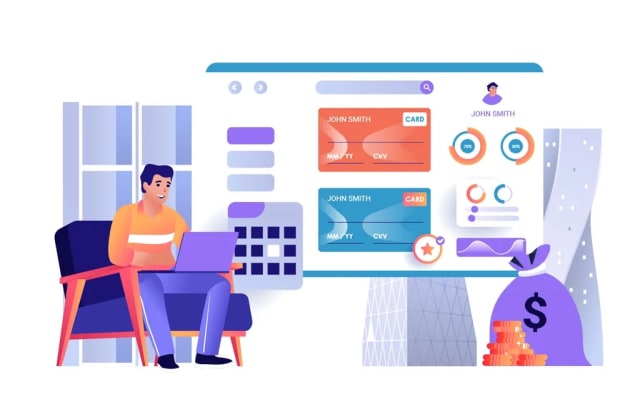
Banking as a Service: the Technology that Allows Any Company to Work as a Bank

With the digitization of processes growing at a rapid pace, businesses recognize the need to offer increasingly innovative digital experiences. At the same time, the demands of consumers also increase, benefiting agile, uncomplicated, and 24/7 services. For the banking sector, the reality is the same, and therefore organizations must focus on improving their customers’ digital journeys and giving them autonomy while reducing costs and operational efforts. There is a solution that can and should be privileged to achieve these goals, and it’s called Banking as a Service (BaaS).
What is Banking as a Service and how does it work?
We can define BaaS as a technology that allows any company – regardless of its area of activity – to provide its customers with banking products and services. For example, when companies offer credit cards, as well as the possibility of carrying out a series of operations like transfers, deposits, payments, loans, among others. What used to be exclusive to banks is now a reality to institutions from different sectors besides finance. Consumers, of course, also gain, as they access those services in a more practical, efficient, and flexible way.
Basically, BaaS is provided to interest companies through the so-called Application Programming Interfaces (API). These APIs are a set of programming instructions that, in this case, establish a communication between a certain bank (or a fintech) and the company that will provide the banking services. In this way, fully digital financial services are integrated into the offer of non-banking companies, with all security and legal requirements ensured. And these institutions, even though they are not registered as a bank, now benefit from their own financial ‘brand’, with the different functionalities of a banking institution and with services more geared to customer needs.
How companies can use BaaS
Imagine that an electricity distribution company wants to offer payment alternatives to customers, through a secure, agile, and digital platform. BaaS can make this operation possible, by allowing a bank to associate itself with the company and develop a digital solution with the objective of providing energy-using customers with services such as credit or debit cards, without the company needing a banking license.
Why would a bank want to integrate the services it provides in a company that does not even operate in the same market? Is this solution not a threat to traditional banks?
Nothing further from reality. BaaS is the ideal tool for legacy banks to formalize innovative, fully digital spin-offs, and thus diversify revenue sources. The development of BaaS is, in fact, a disruptive weapon for the banking business, as it allows reaching new customers from new segments. Have you ever thought of a traditional bank reaching the Generation Y market through a telecommunications company? It is possible and only brings advantages.
BaaS represents the future of traditional banks, mainly by preventing current customers from migrating to so-called neobanks, which already offer flexible and customized solutions. However, to reach the level of these new banks, the legacy ones must ensure a rapid digital transformation. For companies, of course, there are also challenges. The biggest one is related to the implementation since they do not always have the adequate Information Technology (IT) infrastructure to develop the platform and to guarantee the proper security of the operations. Once again, the solution lies in making the leap to digital. That’s what BaaS is all about: flexibility.
The strategic potential of Banking as a Service can be summarized with three major associated benefits – for non-bank companies, for banks and, of course, for consumers:
Customization
The implementation of BaaS makes it possible to know the consumption habits and behavior of customers, through financial transactions, and, in this way, allows us to customize the offer based on the needs and preferences of each customer. This will also be a way to retain users.
Cost reduction
Traditional banks face costs related to infrastructure and, in the case of companies adhering to BaaS, these expenses cease to exist, especially if we consider that the services provided are digital.
Agility
With BaaS technology associated with company services, customers do not depend on banks to carry out the most varied financial operations. Payments, transfers, and other more complex transactions are performed in a few minutes and without any associated bureaucracy. It saves time, money, and security is a guarantee.
The advantages are palpable and should encourage deeper thinking. Today, Banking as a Service should not be seen only as a bonus or an increase in the portfolios of companies and banks; rather, it should be seen as a key strategy for business success. In an increasingly competitive market, this solution could very well be among the most decisive factors for growth.
Ricardo Costa, LOQR’s CEO, spoke to Observador about Banking as a Service and its relevance to the banking sector.

